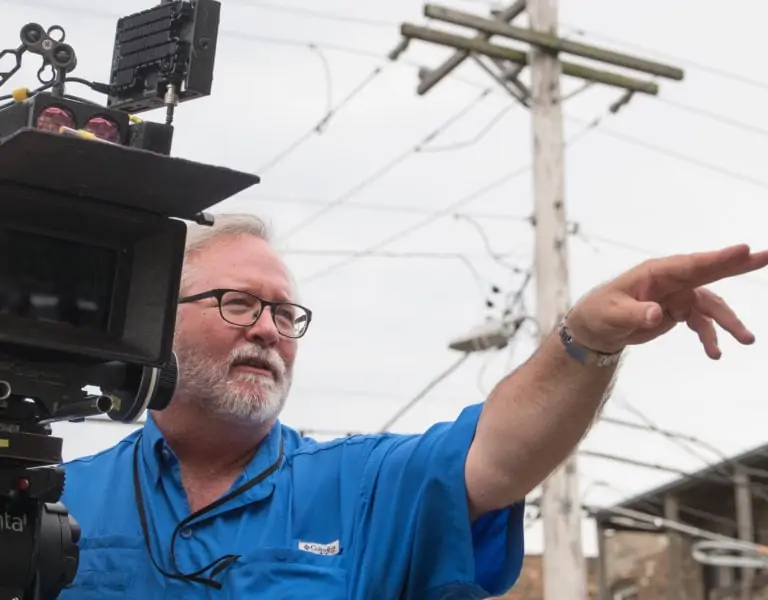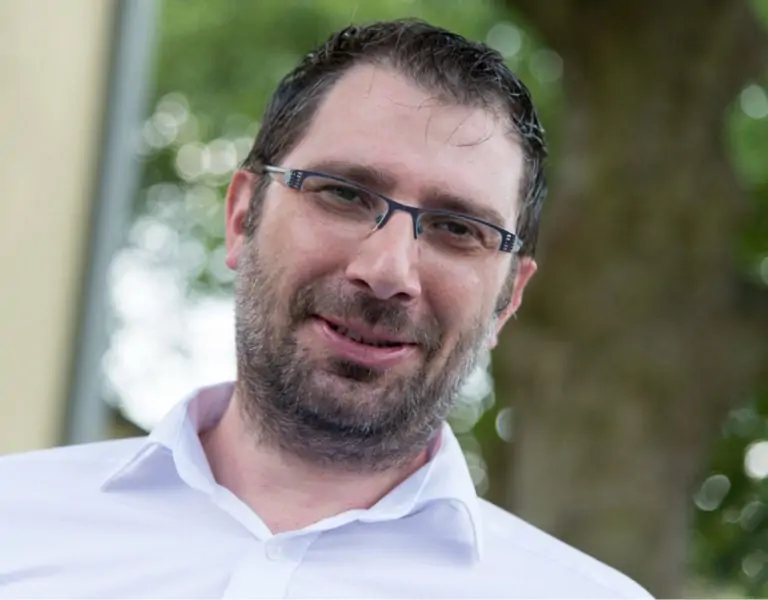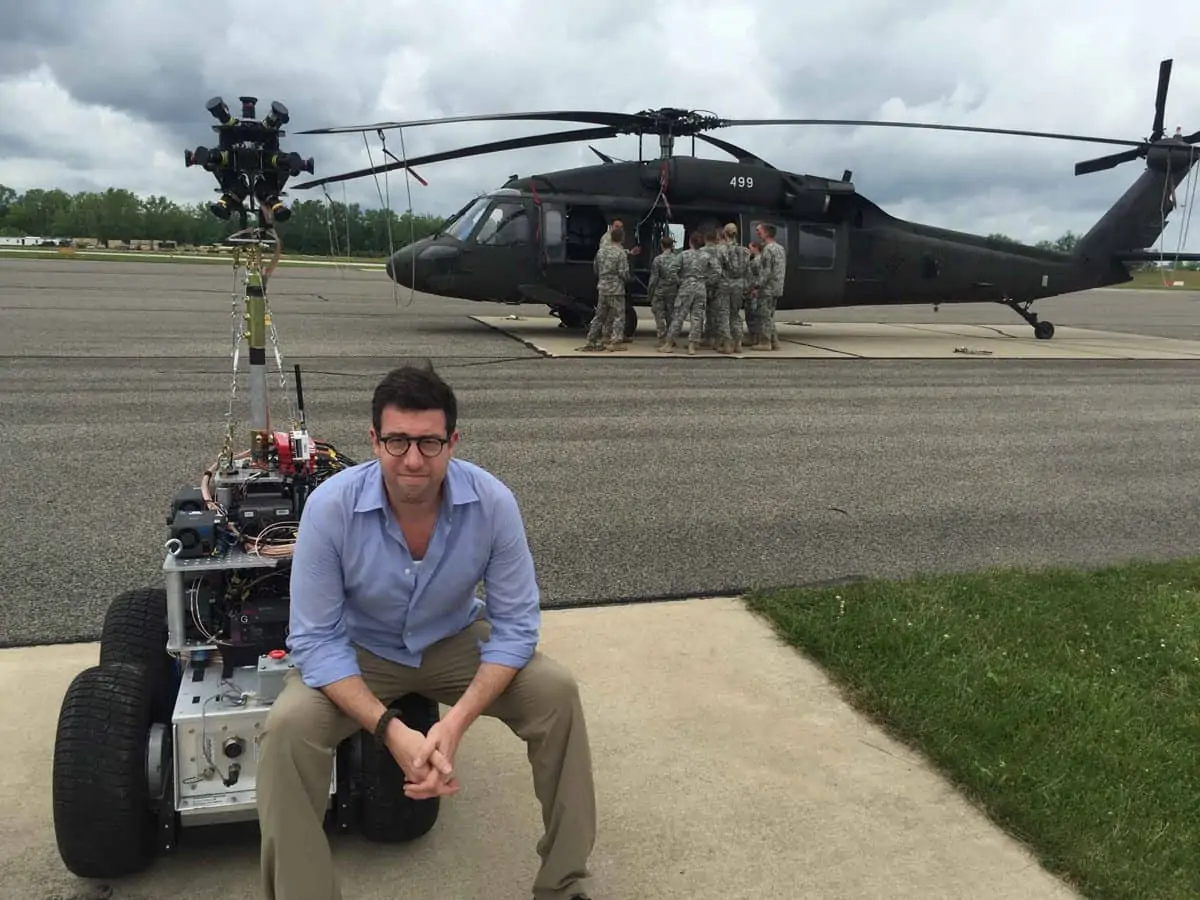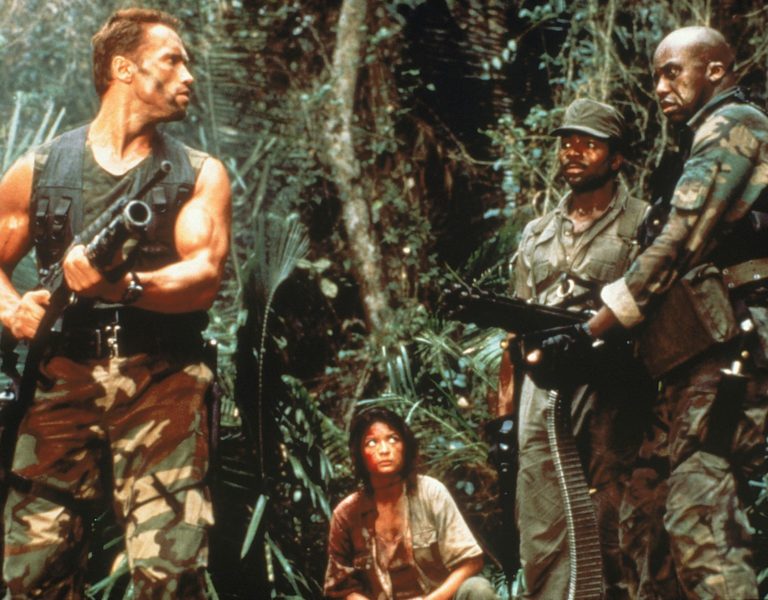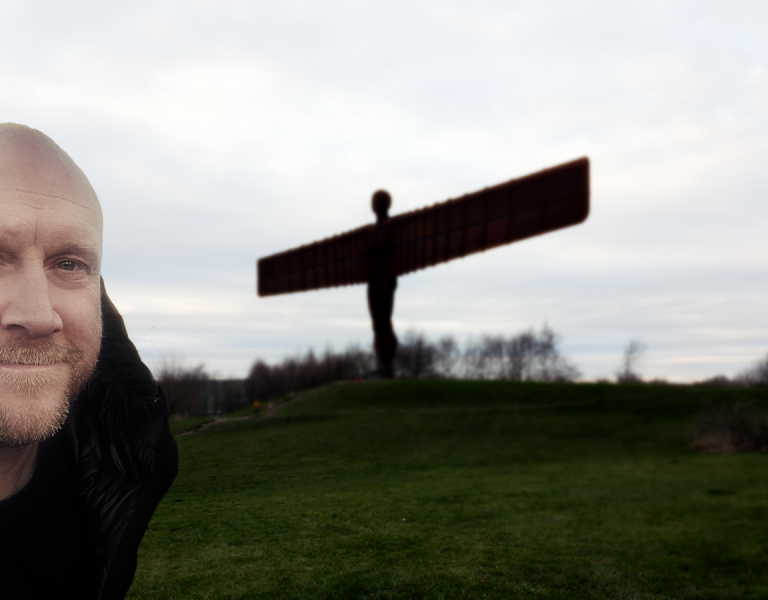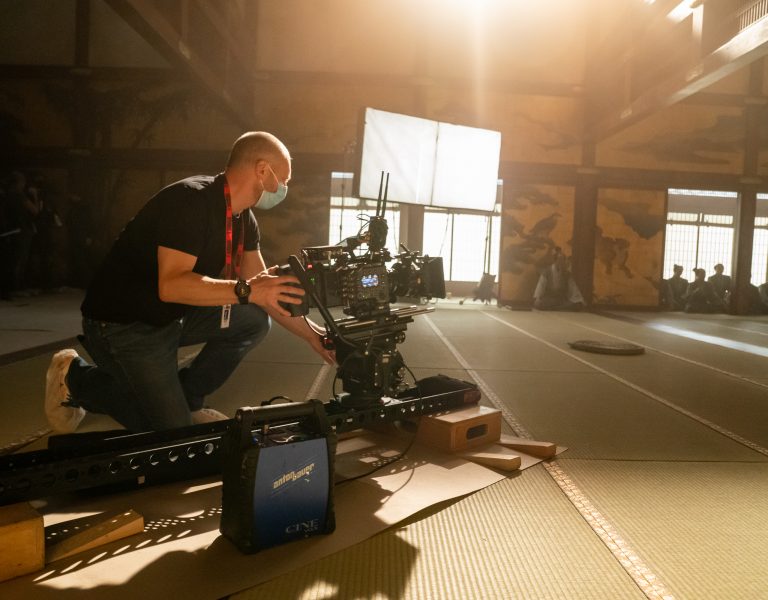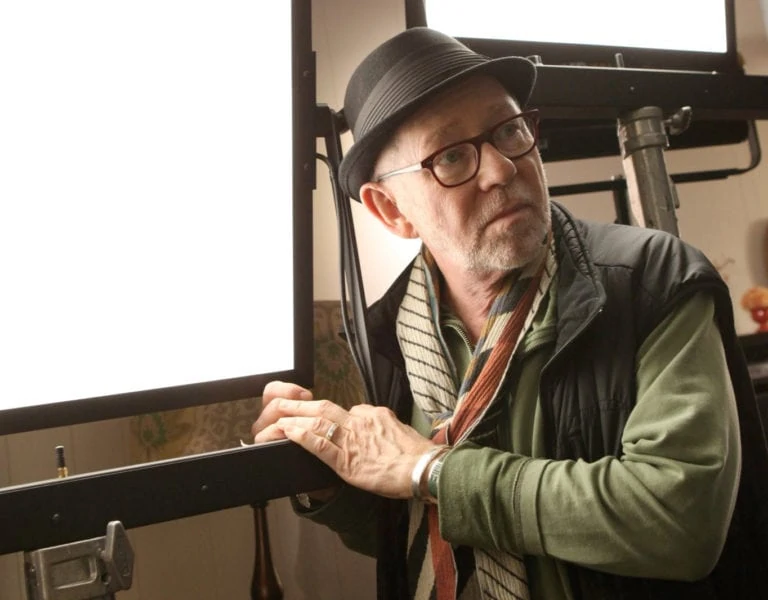TIME FOR ACTION
Rapid advancement in camera and aerial filming technology means filmmakers in action cinema can bring viewers even deeper into the visceral thrills to maximise audience engagement like never before.
The summer blockbuster season is in full swing and there is no better time to look at the unique considerations that comes with filming an action-centric project. A cinematic love letter to practical action and stunt performers, David Leitch’s action comedy The Fall Guy is part of a concerted effort – along with John Wick’s director, Chad Stahelski – to create an Oscar category for stunt performers. Although the quality of stunts can easily make or break an action-driven film, stunt work has not been recognised in the same way as other disciplines in filmmaking.
This is why the Fighting Spirit Film Festival was established in 2016. “We wanted to recognise stunt performers and support filmmakers in martial arts cinema by providing a platform to build a new fan base and get their films into the cinemas,” says Weng Yu, assistant director of the festival, which features a robust short films program as its centerpiece.
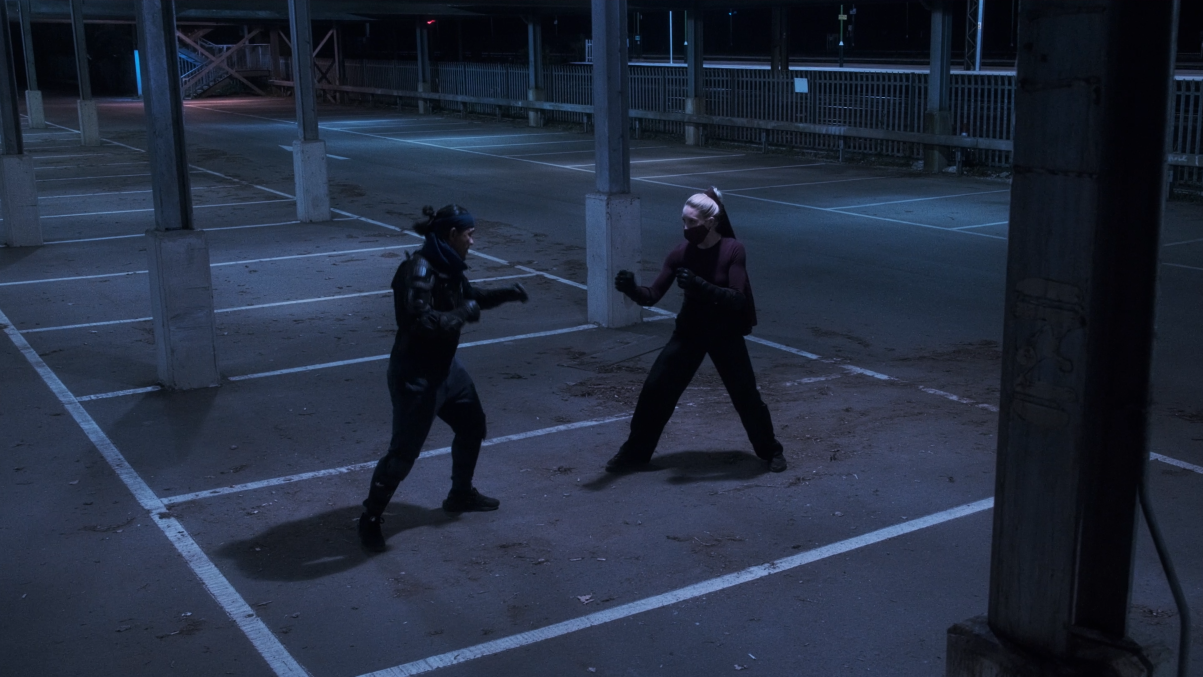
Aside from keeping up with the latest tech and equipment that will yield the best results, some of the most basic elements should not be forgotten. “The way you edit a fight sequence is sometimes actually more important that the equipment you use. For the fight to fit together properly, the audience has to be able to see everything that happens,” he says. “How you shoot a fight scene is key, you can make it look really cool without doing anything fancy.
There are two ways of doing it, either hit for real with padding with a very skilled performer who is really controlled, or be creative with your angles,” Yu says. Rather than choreographing insane action stunts just for action’s sake, his focus is first and foremost on storytelling. “Is your action telling a story? You’ve got the overriding storyline, but the action itself also has to tell the story or tell us about your character,” he adds, reflecting the renewed focus in recent years on character-driven action choreography.
John Wick: Chapter 4’s second unit director Scott Rogers agrees: “The action should move the story forward. If you take the first Matrix as an example, it has really great action but you learn something about the character in each action piece, or the character is learning something that moves the story forward, whether it’s when Trinity gets attacked or ‘bullet time’,” says the stunt veteran who also worked on The Matrix Resurrections. With a focus on practical effects, John Wick’s singular style keeps the main actors in the scenes to maximise emotional connection with the audience. With Stahelski’s longer takes and wide shots, the fights are captured like a deadly dance unfolding on stage. But rather than by design, going back to the basics was born out of necessity. “They didn’t have enough time or money to do it the traditional way, to come back and shoot it all again with the stuntman for coverage. So, they just did it all with Keanu [Reeves, who plays the titular assassin] who was willing to learn it all. That connects really well with the audience.”
For all the propulsive action in the John Wick’s bone-crunching brawls, the tone of a story is also a crucial factor. “The action choreography and shooting style must fit the specific tone of the genre or the movie. We tailored the Arc de Triomphe car sequence [in John Wick: Chapter 4] to fit within John Wick’s visual style, where there are lighter moments so it’s not this nonstop action. Chad edited the third act as one whole sequence, but with moments of little breaths” to give the cortisol-triggering action some room to breathe. “Like when he goes up the [Sacré Coeur] stairs and rolls all the way down again, he just lays there for a second before he goes off again,” Rogers explains.
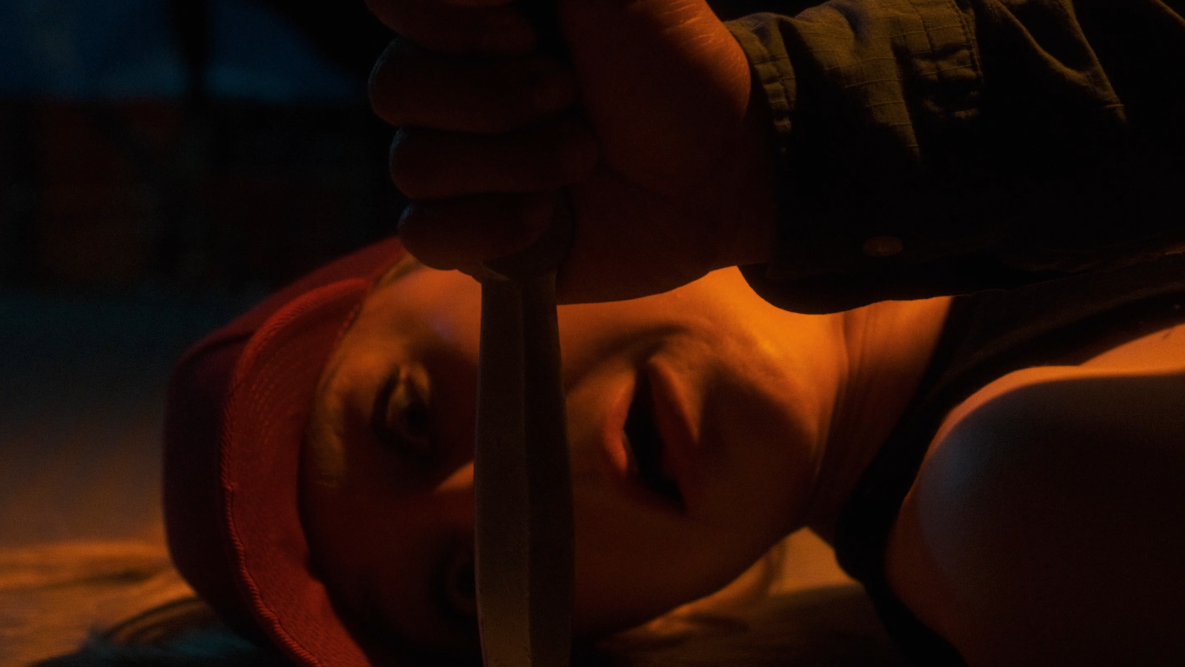
Economical evolution
With the dizzying speed of technological advances, not only have options expanded in a short period of time, cost pressures have eased up as well. Cinematographer Gareth Taylor, who recently shot Attila Korosi’s action horror Sua/Nara in South Korea, is utilising LED volume options to shoot pickup shots that were not available when production began on the midbudget film just a year ago.
“We didn’t have the budget for it last year, so we had to go old-school – it was complicated and cost more money. But in the last year, the market for LED walls and studios equipped with them have probably tripled or quadrupled. So, we have more cost-friendly options now.”
Taylor knew he would have a limited crew for the fast-moving action shoot, which made the camera choice ever more crucial. “I knew the style that the director wanted, the camera’s always moving and we had a lot of stunts. With our budget in mind and limited crew, I opted for the DJI Ronin 4D 4-axis cinema camera with Cooke SP3 lenses and the EasyRig Stabil support system,” he shares.
“The Ronin is great – it’s compact, so it’s easier for an operator to get into smaller spaces and make the camera invisible, like when you’re dangling out of a car and doing a follow shot. Since you can take the gimbal with the camera and you can remote control all the axes, you can do so much with it.”
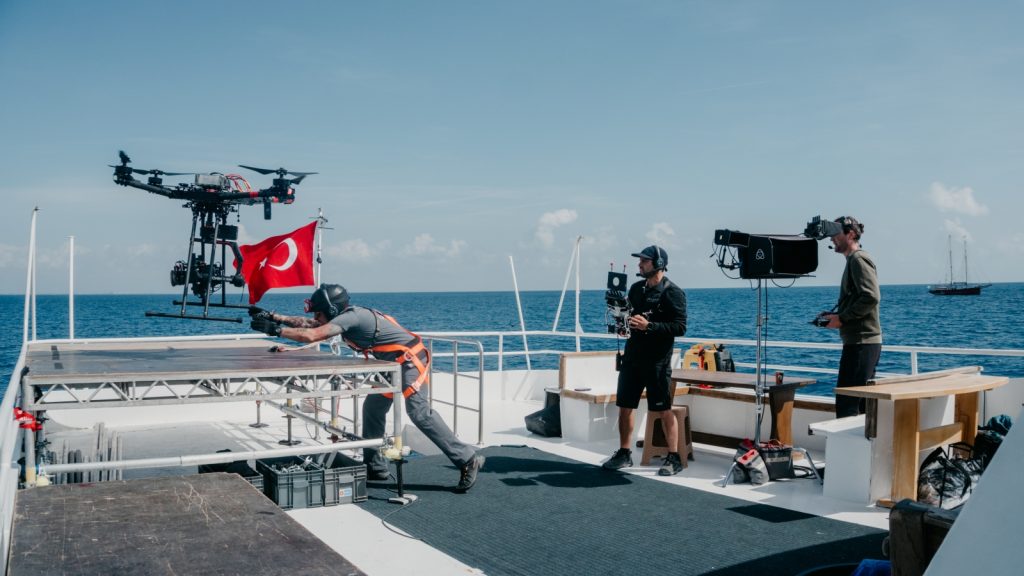
We have lift off
Another area that has expanded considerably in the past two years is drone technology for aerial photography, which has allowed for more intricate and dynamic shots that immerse the audience in the story. Skynamic’s drone pilot and managing partner of their Spanish office, Brandon Carrara, has worked on three of Guy Ritchie’s latest films. In less than two years, the flight duration of drones compatible with cinema-quality cameras have increased by approximately 17 minutes. When they worked on the contemplative war thriller The Covenant in early 2022, “the Freefly Systems’ Alta 8 drone with the Movi Pro gimbal stayed in the air for eight minutes to capture tracking shots in mountainous terrain, where crane installation was impractical,” he explains. The drone’s stability and the Angénieux 45-135mm zoom lens’ versatility captured the sprawling aerial shots in the arid countryside of Alicante, Spain – standing in for Afghanistan – during ferocious gun battle sequences to juxtapose the vast landscape against the vulnerable soldiers fighting for their lives.
A year later, when Carrara’s team worked on Ritchie’s WWII military actioner, The Ministry of Ungentlemanly Warfare, “the Alta X with the DJI Ronin 2 gimbal boasted a 15-minute flight duration, which was indispensable during eight days of filming on the water amid adverse weather conditions. Despite its weight (35kg) and size, the Alta X’s agility was great for smooth take-offs and landings, particularly from a boat.”
By the time he got to Ritchie’s upcoming military actioner In the Grey at the end of 2023, “DP Ed Wild BSC opted for the recently released Inspire 3, a drone that we were involved in developing alongside DJI. This compact drone can stay in the air for 25 minutes. With its advanced stabilisation/GPS system, it captures dynamic shots in confined spaces like tunnels, as well as providing seamless transitions from expansive landscapes to intimate interior scenes mere meters away from the actors,” he elaborates.
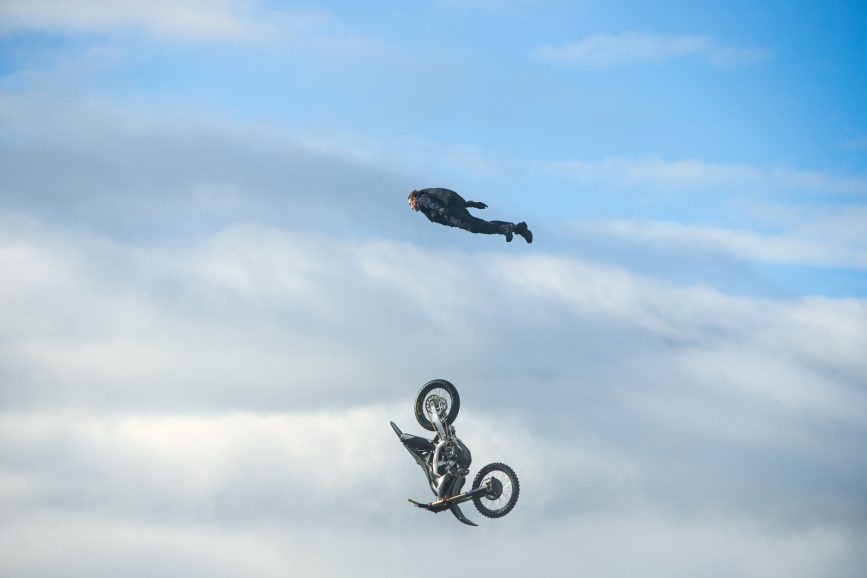
New technology has also narrowed the gap between stunts that are achievable based on Previz versus what is actually possible on set. Mission: Impossible – Dead Reckoning’s DP, Fraser Taggart recalls the days when stunt choreography tested out on GoPros and iPhones would have to be reworked because “we’ve got to do it with a 40-lb camera and wire pull rigs. But now with digital cameras becoming more compact and versatile, the Z Cams and Mini LF allowed us to shoot for up to 40 minutes. So, we could be in with the action and feel like we were part of the fight, which was the feeling we wanted to capture. You want the audience to be involved and not feel like they’re just observing.”
While the Z Cam E2-F6 made the nail-biting car chase through Rome in the Fiat 500 and the famed motorbike jump into a ravine possible, the ARRI Alexa LF was used on parts of the climactic out-of-control train sequence.
Although Taggart has spent the past few years mostly on big budget productions, he has worked on projects of varying budgets throughout his career. When it comes to smaller budgets, “you’re more specific about which shots you absolutely need to get out of the three days that you’ll have access to an aircraft, as opposed to when you can have a helicopter for weeks. So, you’ve got to narrow down to only the moments that you know you’re going to put in the cut, otherwise, you’re wasting money.”
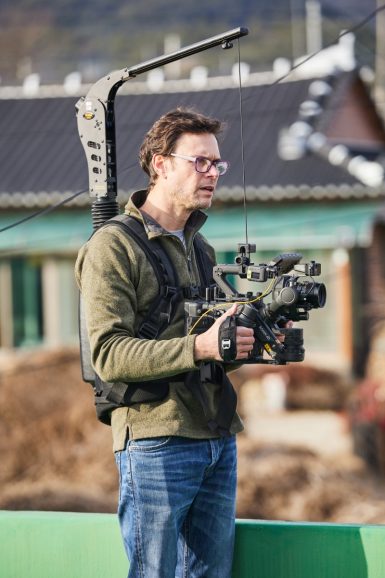
To capture the equilibrium-shattering action in Mission: Impossible, aerial cinematographer Phil Arntz worked alongside Taggart to make sure that audiences know that the actors are really performing the action on-screen. “When you’ve got the lead actor doing his own stunts, how you film it has to change. Tom [Cruise] is so focused on immersing the audience in the story via these action set pieces, so it shapes the way you construct these sequences and how you capture them,” says Arntz, who along with retired Royal Navy helicopter pilot, Will Banks, formed The Aerial Film Company, which provides end-to-end aerial filming solutions for film and television production.
Entering the filmmaking realm through his passion for extreme sports, Arntz is the one in the helicopter capturing some of the most intense sequences in the Mission franchise, such as the motorbike jump, with a Sony Venice mounted on a Shotover K1 gyrostabiliser. “We go wide to tight and then tight to wide. The whole idea is to establish that it’s really Tom doing it with longer takes to show the development of the scene. So, we start with 300mm on the lens tight on his face, then as he starts moving off the cliff, we wrap around and get behind him with the helicopter and get to the wide end of the lens to put him in the scope and scale of this massive stunt.”
With drones continually extending their flight duration, more versatile and compact gimbal configurations along with the rapid rise in the quality of consumer and prosumer grade cameras have allowed productions to break new ground on shooting action. “For an action sequence where you’re trying get closer or be in the middle of the action, putting a more affordable prosumer grade camera on an FPV [first person view] drone flying 100 mph opens the door to sequences that we weren’t able to do before,” Arntz remarks.
